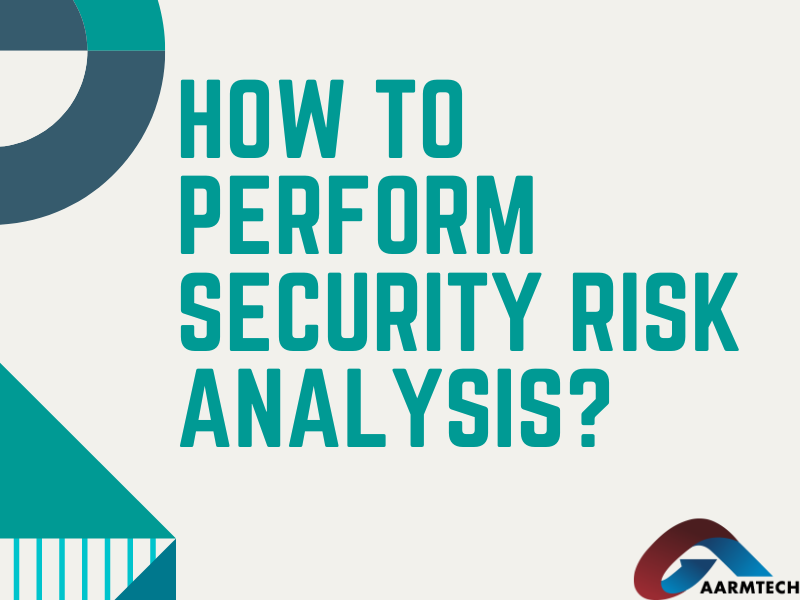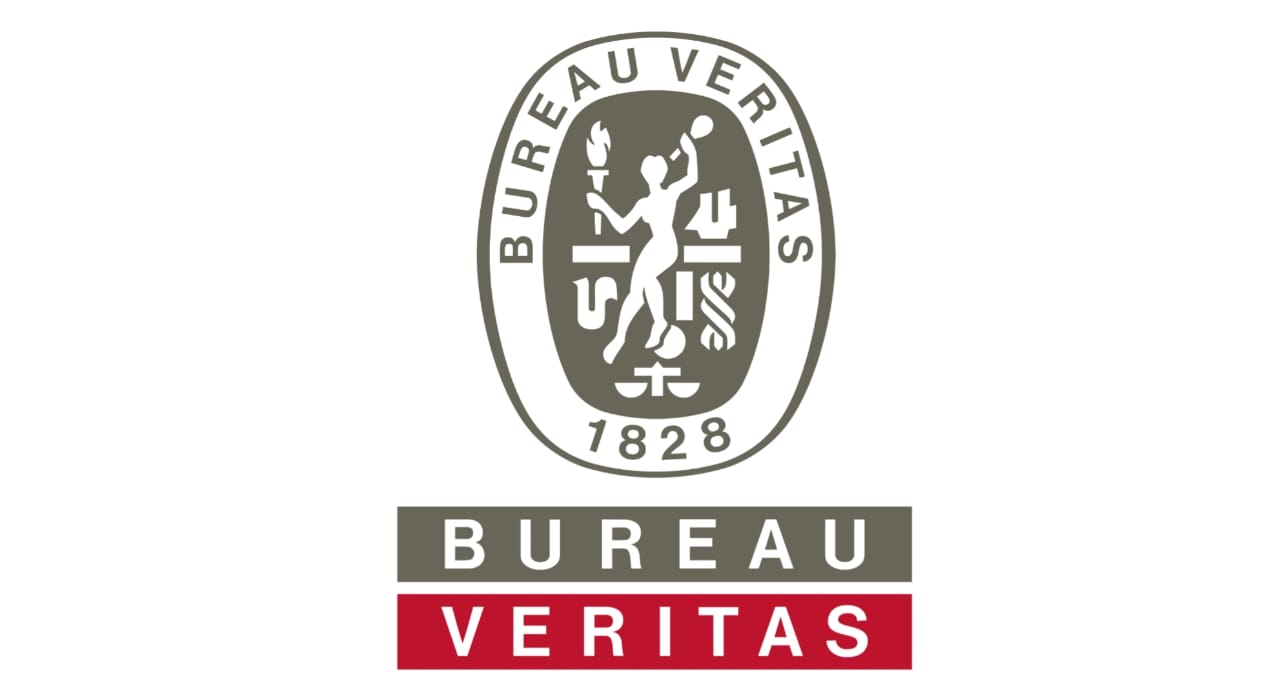How to Perform Security Risk Analysis?
Here are the seven steps involved in performing security risk analysis.

How to Perform Security Risk Analysis?
As the digital world has become a part of our daily lives, with the emergence of social media websites and mobile apps, there are more ways for someone to access our personal information and cause us harm. Therefore, it’s necessary for organizations to implement security measures in order to protect their data from cyber-attack. Security risk analysis is an organizational technique that helps identify potential vulnerabilities and risks related to different business processes, systems or IT operations. It measures the danger level of security threats and vulnerabilities by evaluating their likelihood and impact on confidentiality, integrity, and availability. Security Risk Analysis is a process that identifies vulnerabilities by analysing the security threat scenario against which an organization operates. That is why it is important to understand what Security Risk Analysis involves so that you can take the right steps to clearly identify any security gaps in your organization and how they could be exploited by potential attackers.
What is Security Risk Analysis?
The process of risk analysis involves a security risk assessment and an assessment of the level of risk a particular activity or activity pattern will result in. Therefore, SRA looks at the threats that an organization is susceptible to and the likelihood that they will occur. It also identifies the risks that could result in a threat. Security Risk Analysis is a technique used to assess, document, and correct security risks within an organization. It is essential for organizations to understand the risks that occur and how they could be affected by various actions and events that could potentially damage their data and reputation. SRA is a process that begins by identifying and analysing the threats that might result in a security breach in an organization’s systems. It also identifies potential risks that could result in a breach and methods to mitigate them.
The 7 steps involved in performing security risk analysis
1. Identify business processes and systems
This involves reviewing and identifying how interactions between different systems and systems components impact an organization. For example, the credit card system and banking system are critical systems that allow an organization to do business and manage assets. Therefore, it’s important to understand how both of these systems work in conjunction with each other.
2. Review and analyse system documentation
This process involves reviewing the configuration, authentication, and access of the system and identifying any security gaps that could be exploited by cyber attackers.
3. Create a threat scenario or threat map
A threat map documents the security threat scenario related to the business process or system. It documents the direction of the threat scenario and the assets that are at risk
4. Identify assets at risk
This process involves identifying critical assets that are an important part of the business process and the systems that support them. A critical asset could be an account number or a financial record that could be used to conduct financial transactions.
5. Identify vulnerabilities
This process involves understanding the potential threats that could result in a breach of a system and identifying the vulnerabilities that could be exploited by cyber attackers.
6. Plan prevention measures
This process involves developing a strategy for protecting assets against the identified vulnerabilities. It might involve implementing new security policies and procedures, updating the system’s configuration, and securing the user authentication process.
7. Determine effectiveness of security risk analysis
This process involves evaluating the effectiveness of the analysis and determining how it will be improved in the future.
How to determine the probability of a threat occurring?
The probability of a threat occurring can be determined by identifying critical business processes or assets and understanding the likelihood that they will be affected by the threat.
For example, the probability that a transaction will be affected by credit card fraud can be determined by understanding the factors that contribute to credit card fraud and their impact on the business process. In this scenario, the probability of a breach could be determined by understanding the factors that contribute to fraud and their impact on the business process. This information can then be used to inform the design of a security policy that will help mitigate the risk of the threat. In some cases, it’s also important to understand what the impact would be if the threat does occur, especially if liability is an issue.
How to calculate the severity of a threat?
Calculating the severity of a threat involves identifying the potential impact of the threat and mapping it to an asset or business process. The impact of a threat can be determined by understanding the factors that contribute to the threat and the impact that they have on an asset or business process. This information can then be used to inform the design of a security policy that will help mitigate the risk of the threat.
How to identify assets at risk?
Assessing the risk of an asset can be accomplished by identifying the criticality of the asset, the fragility of the asset, and the value of the asset. This information can then be used to inform the design of a security policy that will help mitigate the risk of the threat. Assessing the risk of an asset can be accomplished by identifying the criticality of the asset, the fragility of the asset, and the value of the asset. The criticality of an asset can be determined by understanding the importance of the asset to the business process and the impact that it has on the organization. This information can then be used to inform the design of a security policy that will help mitigate the risk of the threat.
How to identify vulnerabilities?
This process involves understanding the potential threats that could result in a breach of a system and identifying the vulnerabilities that could be exploited by cyber attackers. This information can then be used to inform the design of a security policy that will help mitigate the risk of the threat. This process involves understanding the potential threats that could result in a breach of a system and identifying the vulnerabilities that could be exploited by cyber attackers. This information can then be used to inform the design of a security policy that will help mitigate the risk of the threat.
In this modern era, every organization is exposed to cyber threats that could come from an external source such as hackers, malware, or even employees. Therefore, it is essential for organizations to implement security measures in order to protect their data from cyber-attack. Security risk analysis is a technique used to assess, document, and correct security risks within an organization. It is essential for organizations to implement security measures in order to protect their data from cyber-attack.











